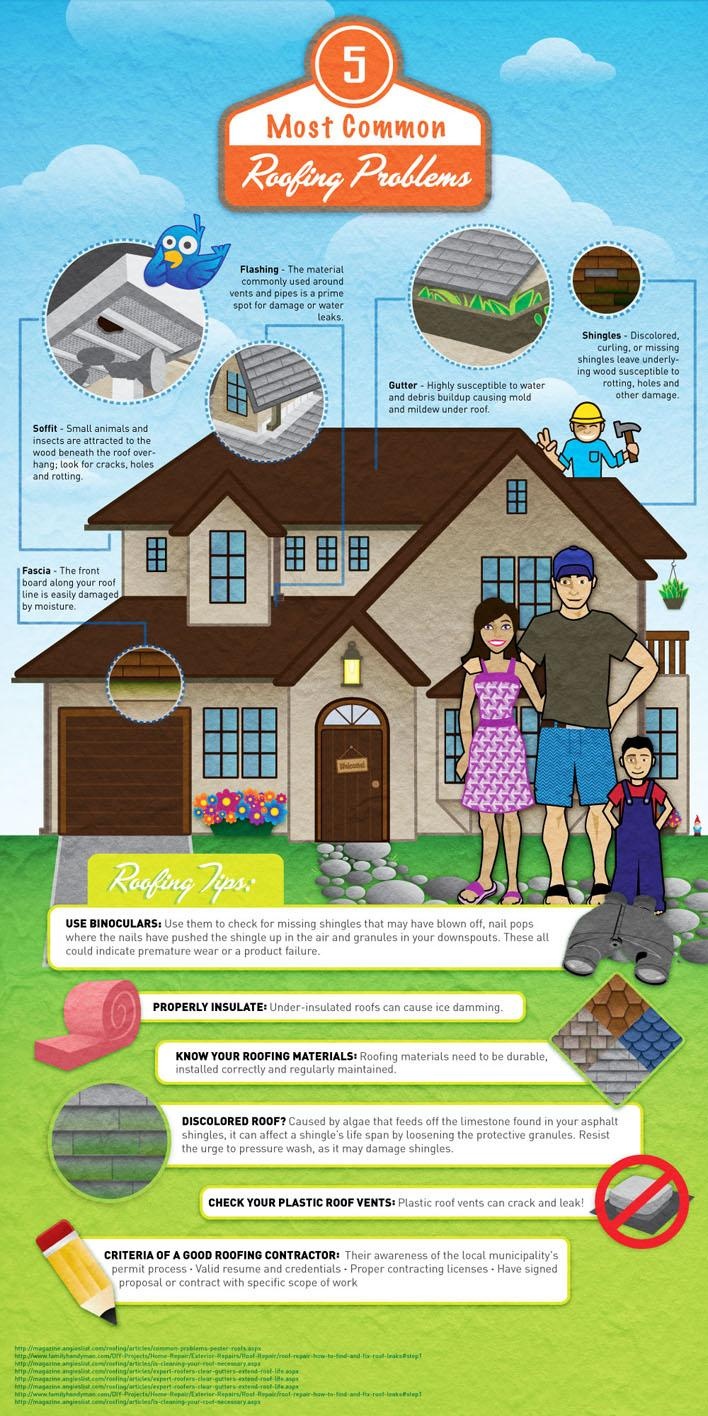Exactly How To Recognize Roof Covering Damages Prior To It Develops Into A Major Concern
Exactly How To Recognize Roof Covering Damages Prior To It Develops Into A Major Concern
Blog Article
Authored By-McKay Reyes
To protect your home from prospective costly repairs, recognizing roof damage very early is critical. By watching out for refined signs like missing roof shingles or water discolorations, you can capture issues before they aggravate. But what concerning those often forgotten areas that could hint at surprise issues lurking over you? Stay tuned to discover crucial ideas for detecting roofing damages prior to it rises into a major frustration.
Early Warning Signs
Finding roofing system damages early can conserve you time and money. One key early warning sign to look out for is missing out on or harmed tiles. If you observe any tiles that are fractured, crinkling, or completely missing out on, it's necessary to attend to the issue without delay. These harmed shingles can leave your roof covering vulnerable to leaks and further damage.
An additional indication to look for is water spots on your ceiling or walls. These spots can show a leak in your roof that needs immediate interest. Overlooking window installations can lead to much more extensive and costly repair work down the line.
In addition, be on the lookout for any indicators of sagging or sagging areas on your roofing system, as this might indicate structural damages that needs to be fixed promptly.
Outside Examination Tips
Regularly examining the exterior of your roof is vital for keeping its stability and determining possible damages early. Start by taking a look at the shingles-- try to find any missing out on, cracked, or curling shingles, as these can be indications of roof covering damage.
Inspect the rain gutters for granules from the roof shingles, as excessive granule loss might represent aging or weathering. Pay attention to the flashing around vents, chimneys, and skylights, ensuring they're snugly sealed and devoid of cracks.
Search for indications of moss, algae, or mold and mildew development, as these can bring about roofing degeneration if not resolved immediately. Furthermore, examine read on and soffits for any kind of water discolorations or rot, which could signal water damages.
Finally, examine the general problem of your roofing from the ground, seeking any type of drooping areas or recognizable dips. By conducting these outside evaluations regularly, you can catch roof damages early and avoid it from becoming a significant trouble.
Inside Warning
When inspecting your roofing for potential damage, do not overlook the value of checking the interior of your home. Inside warnings can usually be early signs of roof issues that need interest.
Begin by examining your ceilings for any kind of water discolorations or staining, as these could signify a leak in the roofing. One more vital area to check is the attic room, where indications of water damage, mold and mildew, or mold may indicate a roofing problem.
Pay attention to any musty odors or a noticeable boost in humidity levels, as these can likewise be indications of water invasion from a damaged roof covering. Furthermore, sagging areas in the ceiling or walls ought to be taken seriously, as they could be an outcome of water damage weakening the framework.
If https://dallassmhav.nizarblog.com/30029132/the-relevance-of-roofing-air-flow-its-effects-on-power-efficiency-and-sturdiness notice any one of these indoor warnings, it's vital to have a specialist roofing contractor evaluate the situation immediately to stop more damages and costly repair work.
Verdict
By staying watchful and consistently checking for very early indication of roofing damage, you can prevent minor issues from developing into major issues. Watch out for missing or damaged tiles, water stains on ceilings or walls, and any type of drooping or sagging areas on the roofing. By addressing these issues immediately, you can save on your own from costly fixings and ensure your roofing system continues to be in good condition for many years ahead. Stay proactive and shield your home from prospective damage.
